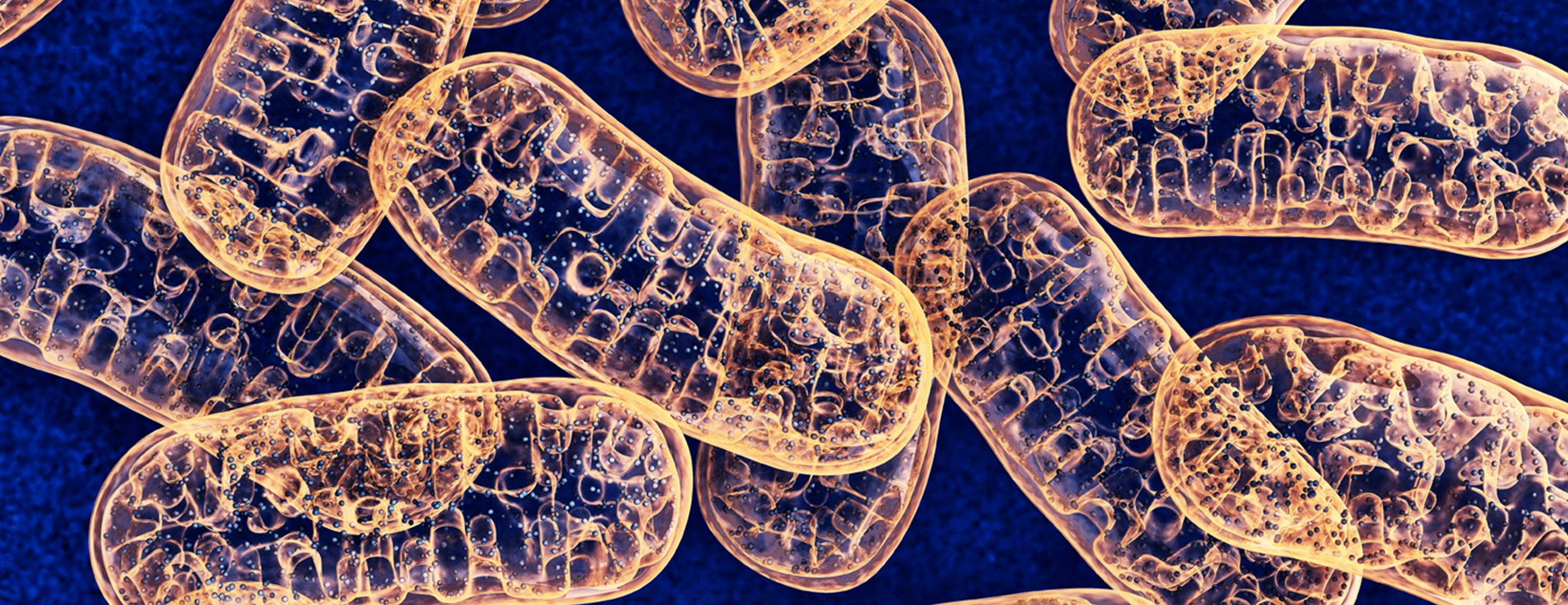
Antimitochondrial antibody
Definition
Antimitochondrial antibodies (AMA) are substances (
This article discusses the blood test used to measure the amount of AMA in the blood.
How the Test is Performed
A blood sample is needed. It is most often taken from a vein. The procedure is called a
How to Prepare for the Test
Your health care provider may tell you not to eat or drink anything for up to 6 hours before the test (most often overnight).
How the Test will Feel
When the needle is inserted to draw blood, some people feel moderate pain. Others may feel only a prick or stinging sensation. Afterward, there may be some throbbing.
Why the Test is Performed
You may need this test if you have signs of liver damage. This test is most often used to diagnose primary biliary cholangitis, formerly called
The test may also be used to tell the difference between
Normal Results
Normally, there are no antibodies present.
What Abnormal Results Mean
This test is important for diagnosing PBC. Almost all people with the condition will test positive. It is rare that a person without the condition will have a positive result. However, some people with a positive test for AMA and no other sign of liver disease may progress to PBC over time.
Rarely, abnormal results may also be found that are due to other kinds of liver disease and some autoimmune diseases.
Risks
Risks for having blood drawn are slight but can include:
- Excessive bleeding
- Fainting or feeling lightheaded
- Hematoma (blood accumulating under the skin)
- Infection (a slight risk any time the skin is broken)
References
Beuers U, Gershwin ME, Gish RG, et al. Changing nomenclature for PBC: From 'cirrhosis' to 'cholangitis'. Clin Res Hepatol Gastroenterol. 2015;39(5):e57-e59. PMID: 26433440
Chernecky CC, Berger BJ. A. In: Chernecky CC, Berger BJ, eds. Laboratory Tests and Diagnostic Procedures. 6th ed. St Louis, MO: Elsevier Saunders; 2013:84-180.
Eaton JE, Lindor KD. Primary biliary cirrhosis. In: Feldman M, Friedman LS, Brandt LJ, eds. Sleisenger and Fordtran's Gastrointestinal and Liver Disease: Pathophysiology/Diagnosis/Management. 10th ed. Philadelphia, PA: Elsevier Saunders; 2016:chap 91.
Kakar S. Primary biliary cholangitis. In: Saxena R, ed. Practical Hepatic Pathology: A Diagnostic Approach. 2nd ed. Philadelphia, PA: Elsevier; 2018:chap 26.
Zhang J, Zhang W, Leung PS, et al. Ongoing activation of autoantigen-specific B cells in primary biliary cirrhosis. Hepatology. 2014;60(5):1708-1716. PMID: 25043065
Review Date: 01/10/2019
The information provided herein should not be used during any medical emergency or for the diagnosis or treatment of any medical condition. A licensed physician should be consulted for diagnosis and treatment of any and all medical conditions. Call 911 for all medical emergencies. Links to other sites are provided for information only -- they do not constitute endorsements of those other sites. Copyright ©2019 A.D.A.M., Inc., as modified by University of California San Francisco. Any duplication or distribution of the information contained herein is strictly prohibited.
Information developed by A.D.A.M., Inc. regarding tests and test results may not directly correspond with information provided by UCSF Health. Please discuss with your doctor any questions or concerns you may have.





